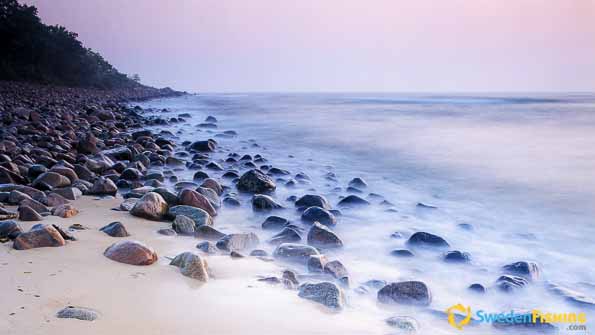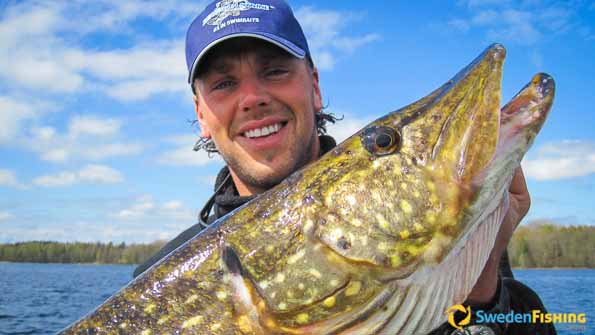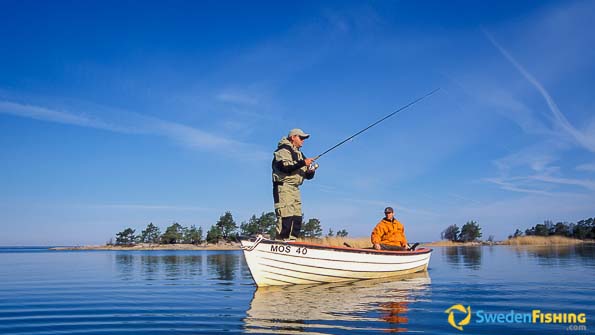Nature and waters in southern Sweden
Sweden is the fifth largest country in Europe. Stretching 1 572 km (977 miles) from north to south and 500 km (311 miles) at its widest point, its nature varies greatly along its length. So too the country offers many different fishing waters stocked with different fish species depending on where you go.
While much of southern Sweden is farming country, there are large forests as well. This is especially so in the highland province of Småland where many of the waterways in southern Sweden have their sources. “This part of Sweden has a higher population density than the rest of the country, but by European standards it’s still sparsely peopled,” explains Sven. The country’s second and third largest cities, Göteborg and Malmö, are found here both on the western coast. But even they are rather small from an international perspective and have rather small impacts on the surrounding nature.
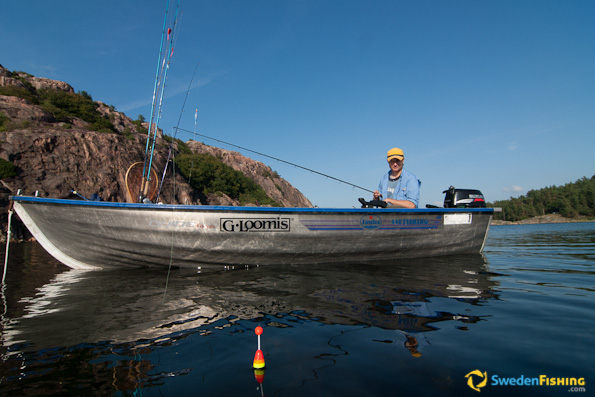
Summertime and early autumn mackerel is common along the west coast, drawing many a
fisherman to the sea.
Lakes
As in all of Sweden, there are many lakes of different sizes, but with solid fish stocks. In the agricultural areas the lakes are frequently mesotrophic to eutrophic and, as most productive lakes have a more shallow visibility depth. As Anna points out, “You’ll often find lots of whitefish and carp there, which is good for predators like pike, perch and zander.” The highland lakes in the forests are different. They are usually rather clear, but can be brownish due to humus from the surrounding swamps. These lakes are frequently surrounded by conifers, often growing down to the water’s edge.
Commenting on the difference, Anna states that ”nature in this part of the country is generally more rolling and the land offers wondrous nature experiences. As with the rest of Sweden the forests present tremendous opportunities for hiking and picking berries and mushrooms as part of the general outdoor life made possible by the Swedish right to public access.”
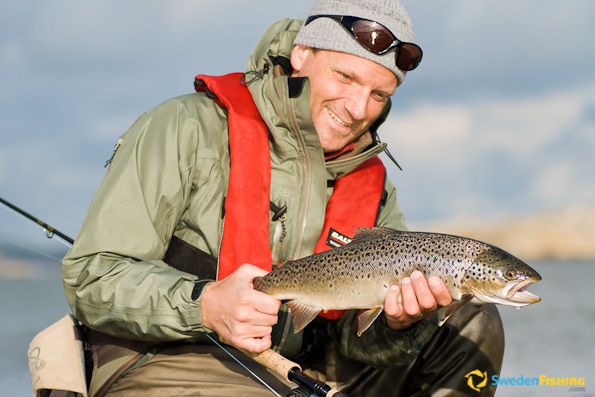
Today very common off the entire Swedish coast, sea trout can be caught both from a boat and
from the shore. Spring and autumn are the preferred seasons when the water is cool.
Running waters
“There are fewer running waters with both brown trout and other salmon related fish in southern Sweden,” according to Sven. “But rivers like Ätran, Mörrumsån and Emån are well known. All three are somewhat larger and are home to good-sized stocks of both salmon and sea trout.” It is even possible to find some smaller running waterways inland with a goodly amount of brown trout. Some rivers have even been stocked with both rainbow and brown trout over certain stretches.
Coastal waters
The coastline in southern Sweden is very long, stretching from the border with Norway in the west around the southern coast and partway up on the east side. These waters are very varied when it comes to nature types and fish species. The west coast facing the North Sea has high salinity and much of its northern section consists of bare granite cliff faces. Here the fisherman finds cod, saithe, pollock, garfish and mackerel, as well as sea trout in season. Farther south as the coastline turns towards the Baltic, the salinity goes down and the environment changes accordingly. Anna and Sven are in full agreement that “the lower salinity in the Baltic changes the species representation. The greatest change is an increase in pike and perch.”
-
Sweden is the fifth largest country in Europe. Stretching 1 572 km (977 miles) from north to sout…
-
With short travel distances, superb fishing waters and low population, Southern Sweden is seeming…
-
Since the climate in southern Sweden is much milder than most people think, the fishing season st…
Stories from south Sweden



